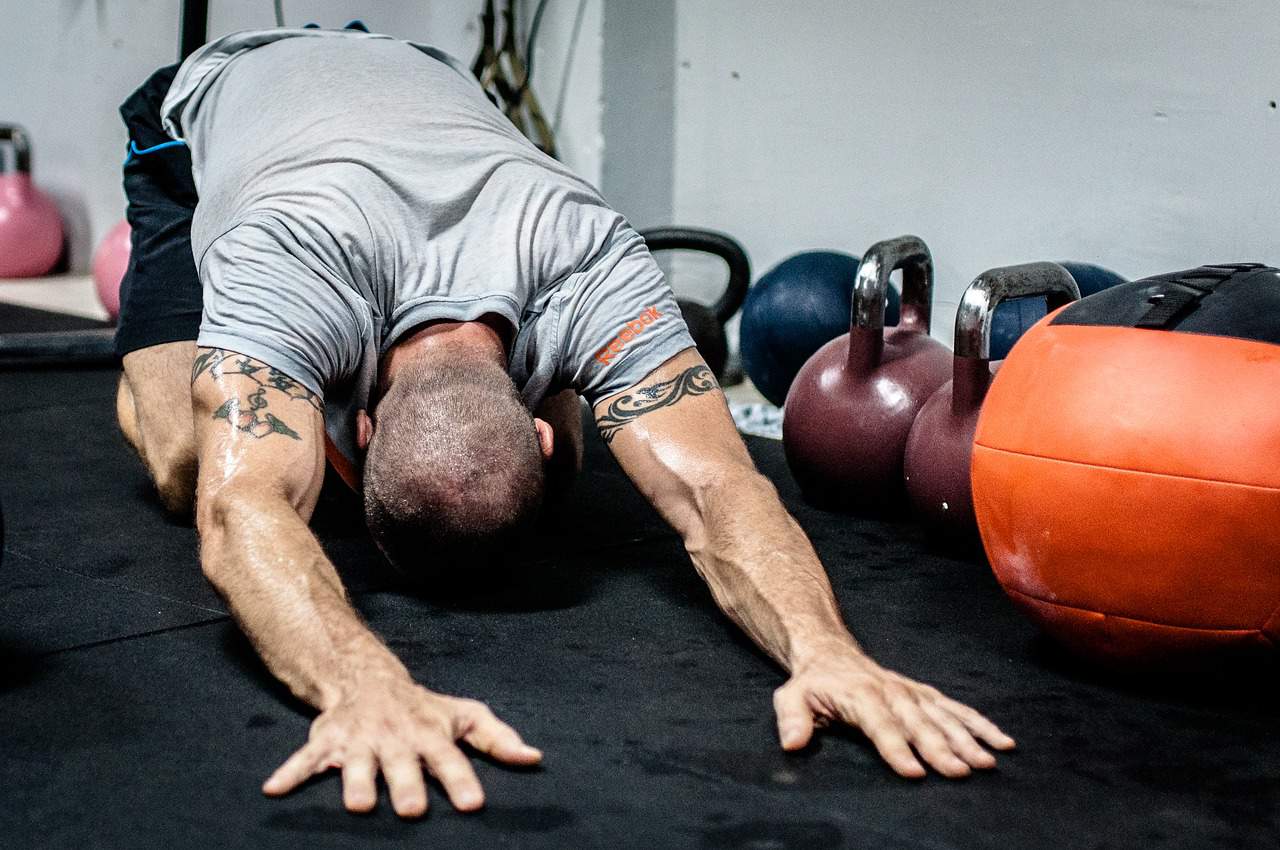Having a desk job means hours upon hours of time spent on a stationary position. A recent survey suggests that nearly 40% of jobs involve a person sitting for prolonged periods of time. Health-wise, that is not a very good routine to keep. Think about it. One workday probably gives you about 7-8 hours of sitting in one spot. Once you arrive home, you also find yourself sitting or lying down for most of the time.
Effects of Inactivity
Those who rarely get any active minutes in their daily routine can experience a myriad of health problems. Your body can become more fragile when you finally do active motion. Your body decays and will feel rusty when not used consistently. Those who do not regularly exercise can easily injure themselves. Running for even short bursts can leave one breathless, and lifting can provide long-lasting pain. Recovery periods after injuries also lengthen compared to those who regularly exercise. This effect intensifies, as one grows older. Recovery may not come naturally, and surgery or therapy may be necessary. It is therefore important to spend a few minutes of your work hours stretching and walking to get the body moving.
Of course, while frequent and regular stretching is important, it is no substitute for seeing a chiropractor for sports injuries. So if you find your recovery time dragging out, you might want to schedule a consultation with certified chiropractor to get at the root cause of our injury.
A Matter of the Mind
It is important mentally to stay active during your daily routine. Doing so can improve one’s mental faculties tremendously. Taking a short walk between work periods can often produce a feeling of elation. Your energy levels increase dramatically after a good session of physical activity. Blood flows faster through your body. The brain receiving more oxygen, making it work faster and think more objectively. Ideas you never considered can also pop up, and solutions to problems are easier to spot.
Moving around can also prevent blood clots forming, especially in your leg areas. Those sitting down for prolonged periods without any activity risk serious health problems. Many people often schedule gym days during the week to keep a balance between activity and work. However, those who do not have the time for gym can find regular daily small exercises as effective. A bit of stretching and even small doses of walks or jogs can help a lot when trying to keep healthy.
Exercise Examples
One should consider doing some of the following activities while taking breaks at work. At the very least, one should try to spend a few minutes every hour with active movement.
Doing at least ten jumping jacks can provide you with an overall workout to wake your senses up. Walking, as mentioned earlier, can give your body and mind a break. You also get to breathe more, and your mind becomes more relaxed. The act of stretching may look simple, but it helps activate most of the body.
Stretching during breaks can help flex muscles and get you moving. There are many variants of stretching, focusing on specific parts of the body. Chin tucks and head turns for example can ease tensions around your neck and upper back. Those who spend a lot of time staring at the computer can suffer from stress in these areas. Sitting prolonged periods can lead to a lack of leg activity, so leg stretches – both standing and sitting – can help a lot. Arm stretches of course are for those who have their arms suspended for long periods, such as typists and encoders.

